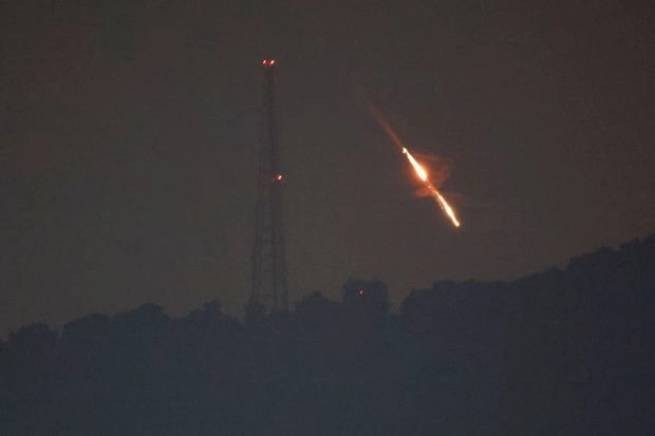To rehabilitate those who fell victim to an unprecedented “witch hunt” that lasted several centuries, decided in Spain, and not only.
The fight against witchcraft and the “extermination of witches” began in Europe at the end of the 15th century. For several centuries, women were actively identified, who were accused of dealing with evil spirits, witchcraft, inducing damage and other “sins”. Confessions were beaten out of them by torture, and then mercilessly executed, according to “Radio Liberty”.
After the publication in 1484 of Pope Innocent VIII’s “Vedic bull” – “Summis desiderantes affectibus” – Europe entered a period of mass trials against witches. Tens and hundreds of thousands of people became victims of them, of which, according to research data from modern specialists, approximately 80% are women. In 1782, the last European woman, Swiss Anna Göldi, was sentenced to death for witchcraft.
Rehabilitation processes began not only in Spain, but also in Switzerland, Denmark, Norway, Scotland – after one hundred of the most authoritative historians of Europe signed the manifesto “They were not witches, they were women.” In Spain, the decision to rehabilitate witches is made gradually, at the regional level.
The first were the authorities of the autonomous community and the province in the north of the country of Navarre. Then the Catalan Parliament decided to correct the mistakes and rehabilitate the victims of obscurantism of the past centuries – at one time, about seven hundred women were executed in the region. Witch hunts continued there until the 18th century, and the first European law against witchcraft was passed in 1424 in the Catalan city of Lleida.
Feminist Susanna Segovia, an MP from the far-left Komunes party, said during a parliamentary debate:
“Witch-hunting was the main measure of control over women in the Middle Ages. Most often it was about wise and independent women, whose behavior did not fit into the norms of the era.”
Segovia, like many other deputies, argues that the ongoing rehabilitation is necessary, as “carried out in the framework of the campaign for women’s equality, held in Catalonia, and designed to promote it.”
The Parliament of Catalonia has passed a resolution pardoning up to a thousand people who were executed for witchcraft some 400 years ago. The adoption of a resolution to pardon the witches is not the only step taken by the Catalan authorities in an attempt to rehabilitate the executed. Four children’s playgrounds in the Catalan village of Palau Solita y Plegamans have been named after convicted witches, with plans to name other Catalan streets and squares after murdered women.
The deputies compare some modern male representatives to the persecutors of witches in the Middle Ages, who speak contemptuously about the feminist movement and impede equality, writes air force.






More Stories
4 scenarios for the development of the war in Ukraine
There was a scandal in Cyprus over the Prime Minister's plane, donated by K. Mitsotakis
Nuclear wrestling between the USA and Russia: are we heading towards the use of strategic weapons?